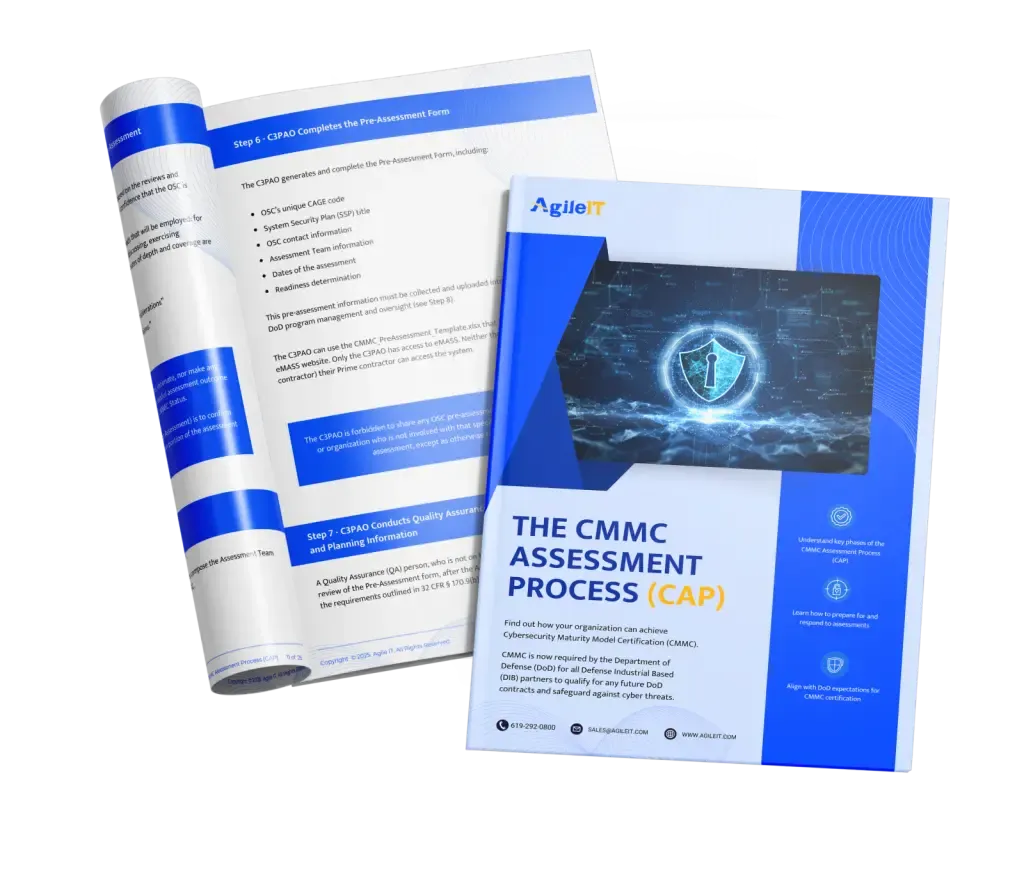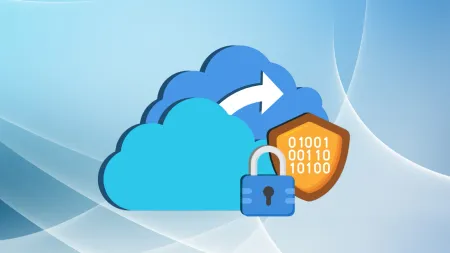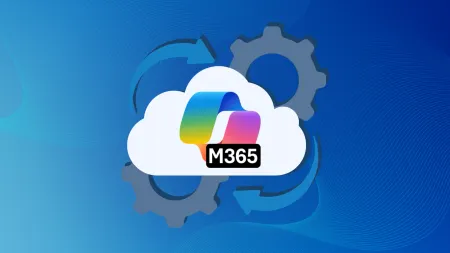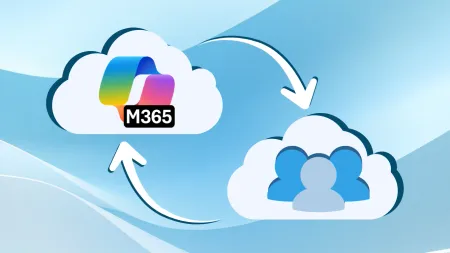Secure Tenant-to-Tenant Migration for Defense Contractors
Learn how defense contractors can perform secure tenant-to-tenant migrations while protecting CUI and meeting DFARS and CMMC requirements.

This is Post #4 of our Tenant to Tenant Migration Government and Compliance Series
If you missed the earlier posts, start here to get the full picture:
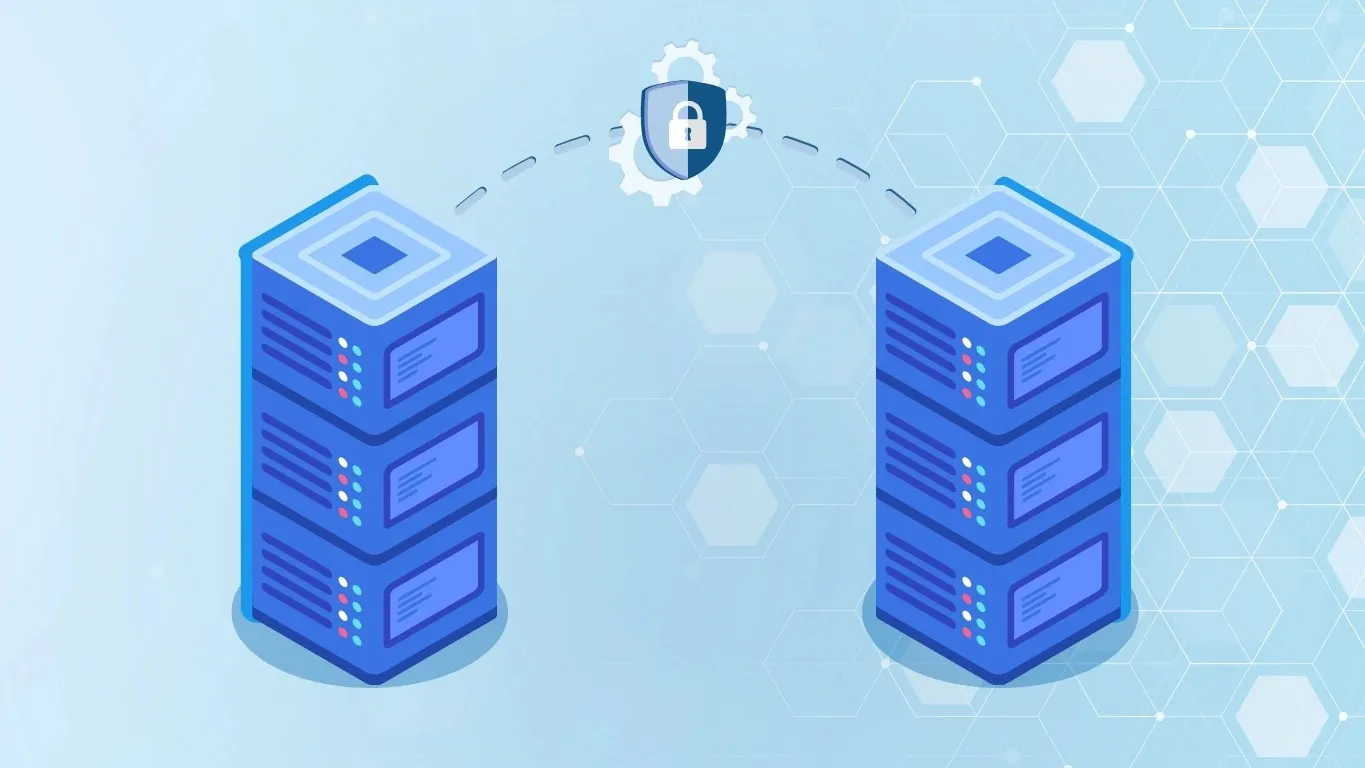
As the threat of data breaches continues to rise, the Department of Defense (DoD) has had to implement increasingly stringent cybersecurity regulations for defense contractors in order to protect national security. As such, organizations within the Defense Industrial Base (DIB) now must comply with various cybersecurity frameworks such as CMMC 2.0, NIST SP 800-171, and DFARS if they want to maintain their defense contracts. These regulations play a critical role in securing Controlled Unclassified Information (CUI) that could threaten national interests if it were to fall into the wrong hands.
To keep up with evolving DoD regulations for handling CUI, many defense contractors are choosing to migrate from their commercial Microsoft 365 tenant to Microsoft 365 Government Community Cloud (GCC) or GCC High. Performing these tenant-to-tenant migrations is essential for defense contractors, as Microsoft’s government cloud offerings provide enhanced data security and compliance features that can prove essential in protecting CUI. The fact is that remaining in a commercial Microsoft tenant is no longer an option for most defense contractors, as doing so could leave their data exposed, creating compliance gaps that could result in fines, loss of contracts, and costly data breaches.
Yet, if you’re considering performing a tenant-to-tenant migration to better secure your CUI, it’s important that you do not rush into this process without the proper planning, as this could leave your sensitive data vulnerable. Special precautions must be taken during your migration to ensure the CUI you handle is secure leading up to, during, and after your migration. To help you maintain compliance during your GCC or GCC High migration, keep reading as we take a look at tips for performing a secure tenant-to-tenant migration for defense contractors.
What Makes Defense Contractor Migrations Unique?
Of course, before we talk about how you can ensure data security during your GCC High migration, we must first look at why security is so important during defense contractor migrations, as you may find yourself wondering what makes defense contractor migrations unique. The fact is that defense contractor migrations are much more complex than the average tenant-to-tenant migration due to the highly sensitive nature of the data being handled. Migrating sensitive government data, including CUI, from one tenant to another requires careful planning and execution to ensure that this sensitive data is properly safeguarded throughout the migration process. This is not only to prevent data loss but also to ensure ongoing compliance with NIST SP 800-171, ITAR, DFARS, and CMMC 2.0 throughout the entire migration process. This makes it crucial that defense contractors work with an experienced migration partner during their GCC High migration to help ensure this process goes smoothly.
Choosing the Right Environment: GCC vs GCC High
Before you can start planning your tenant-to-tenant migration, you must also decide whether Microsoft GCC or GCC High is right for your organization. To help you make this important decision, you must first understand the differences between these two products and when GCC High is required. While Microsoft GCC and GCC High are both more robust and secure versions of Microsoft’s commercial tenants that offer enhanced security and compliance features for government agencies and contractors, there are key differences between the two.
What sets GCC High apart from Microsoft GCC is that it offers more comprehensive security and compliance features specifically designed to meet the needs of federal agencies and defense contractors. Unlike Microsoft GCC, GCC High offers compliance with CMMC Levels 2 and 3, and it provides the data residency and restricted access necessary when handling ITAR-controlled data. This generally makes GCC High the preferred choice for defense contractors. However, a Microsoft AOS-G partner can help you decide which licenses are right for your organization based on your compliance needs.
Planning a Secure Migration
Once you’ve chosen and purchased your Microsoft licenses, you can start planning your migration. Taking the time to thoroughly plan each step of the migration process is essential in ensuring your CUI is protected to maintain compliance. A few critical steps you should take when planning a secure tenant-to-tenant migration include:
-
Performing Pre-Migration Security Audits: Your first step should be to conduct a security audit. Review your existing cybersecurity measures to ensure that they meet the requirements for protecting CUI, and make plans to close any cybersecurity gaps you discover before you proceed with your migration to ensure data security.
-
Establishing a Data Protection Strategy: Next, work with your IT team and/or your migration partner to establish a data protection strategy to ensure proper data security throughout your tenant migration.
-
Prioritizing Access Management: Before starting your migration, you should also ensure that you review and configure your user permissions and access controls. Prioritizing access management is essential to ensure that only authorized users have access to CUI throughout the migration, which is essential not only to ensure data security, but also to maintain compliance.
-
Choosing a Migration Approach: Finally, before you can start your migration, you will need to decide whether a cutover or staged migration is right for your organization. Generally speaking, it is recommended to take a staged approach when performing GCC High migrations, as this can help minimize disruptions and ensure data security.
Execution Best Practices
Once you’ve taken the time to thoroughly plan your migration, you’ll be ready to execute your migration plan. However, as you initiate your tenant-to-tenant migration, you must keep a few best practices in mind to ensure the security of your CUI. This includes:
-
Selecting Secure Tools for Migration: Executing a tenant-to-tenant migration is much easier with the right migration tools. However, in order to ensure the security of your CUI, any tools you choose must be FIPS validated to ensure their security.
-
Securing Data Throughout The Migration: To protect your CUI, it is also essential that you take steps to secure your data throughout the migration process. This includes encrypting data in transit and at rest, utilizing robust access controls, and implementing intrusion detection.
-
Configuring the Destination Tenant: Before you start your migration, it’s essential that you take the time to set up the target tenant with the necessary licenses and user accounts to ensure everything is set up properly when you start your migration. You should also take this time to implement the required security controls in your new tenant to ensure compliance.
-
Conducting a Pilot Migration: Before implementing the first phase of your migration, you should also consider performing a pilot migration. Conducting a small pilot migration with only a few team members will allow you to test the process, validate data, and fix any problems you encounter before you attempt a full migration.
Post Migration Compliance Checks
Once your migration is complete, you’ll need to perform a few final checks to ensure that your data has been transferred properly and that you have achieved compliance in your new tenant. These steps include:
-
Verifying Data Integrity: Your first step will be to verify that all users, mailboxes, and data migrated accurately and without errors, and that all functionalities work as expected in your new tenant. Make sure that you check between the source and target tenants for any data discrepancies.
-
Ensuring Compliance: Next, it’s essential that you perform another gap analysis to ensure that you have achieved compliance in your new tenant.
-
Continuously Monitoring Your New Tenant: Finally, you should continuously monitor your tenant even after your migration is done to ensure that no issues occur in your new tenant. Continuous monitoring will also help you spot potential security vulnerabilities or cyber threats before they cause problems.
Working with an MSP for Defense Migrations
For defense contractors, performing a tenant-to-tenant migration is no simple task. Special care must be taken throughout the migration process to properly secure your network and protect sensitive government data, such as CUI, and ensure ongoing compliance with federal regulations such as NIST and CMMC. This makes it essential that you consider working with an MSP experienced in handling defense migrations when starting your GCC or GCC High migration. The right MSP will have experience performing secure cloud transitions while maintaining compliance with CMMC, NIST SP 800-171, and DFARS, making them an invaluable asset during your migration. With the right MSP by your side, you can rest easy knowing that your migration is being handled by compliance experts who can walk you through this transition and ensure your data security throughout the entire process while minimizing downtime.
If you’re considering migrating from a commercial Microsoft Tenant to GCC or GCC High, consider consulting Agile IT. As a Microsoft AOS-G partner and Cyber-AB-authorized RPO, we can help you secure GCC High licenses, navigate the migration process, and help you establish and maintain CMMC compliance in your new tenant. Feel free to contact us today to learn more about our services and schedule a consultation with one of our migration and compliance experts.
